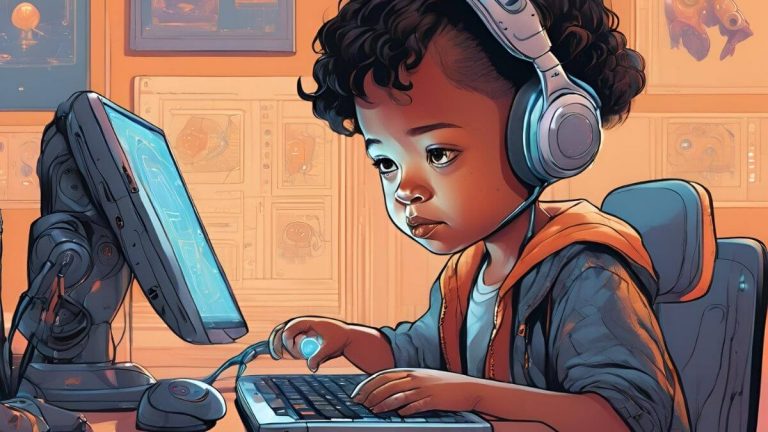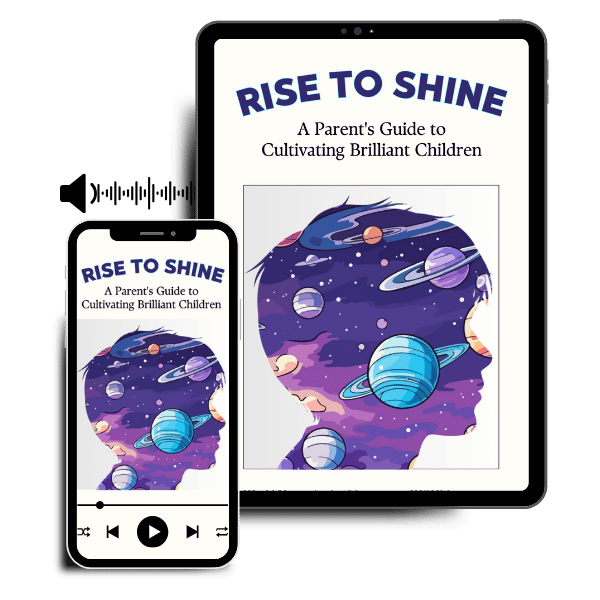AI Innovations in Early Childhood Education


In recent years, artificial intelligence (AI) has made significant strides in various sectors including education. As technology continues to evolve, AI is increasingly being integrated into early childhood education, offering new ways to enhance learning experiences for young children. The potential of AI to revolutionize preschool learning is immense, providing personalized, engaging, and effective educational opportunities.
AI refers to the simulation of human intelligence in machines that are programmed to think and learn. In the context of education, AI encompasses tools and applications that can adapt to individual learning needs, provide interactive content, and assist teachers in managing and delivering lessons more efficiently.
The use of technology in child education has evolved from simple educational games to sophisticated learning platforms. Early educational software provided basic interactive experiences while today’s AI-driven tools offer dynamic, personalized learning paths.
Current trends in early childhood education include AI-powered learning tools, personalized educational experiences, and intelligent tutoring systems that adapt to each child’s unique learning style and pace.
Various AI tools are designed specifically for preschool learning. Interactive apps use AI to create engaging and educational games that adapt to a child’s skill level. Personalized learning platforms analyze a child’s progress and adjust content accordingly. Intelligent tutoring systems provide real-time feedback and assistance, mimicking one-on-one tutoring.
Preschools around the world are implementing AI tools with promising results. For example, a preschool in Singapore uses an AI-powered app that helps children learn to read by customizing stories to their reading level and interests. In the United States, a preschool program employs an AI system to track children’s progress and provide teachers with insights to tailor their teaching strategies.
The future of AI in early education is bright. Emerging technologies such as augmented reality (AR) combined with AI can create immersive learning experiences. AI-driven robots designed to interact with children can also become valuable educational companions.
AI can create a personalized learning environment for each child, catering to their individual strengths and weaknesses. This personalized approach helps children progress at their own pace, ensuring they fully understand each concept before moving on.
AI keeps young children engaged by making learning fun and interactive. Through gamification and adaptive content, children remain interested and motivated to learn.
AI-driven learning solutions can support cognitive development by challenging children with appropriate tasks and activities. Emotional development is also fostered through interactive AI applications that respond to a child’s emotions and actions.
AI can provide inclusive learning opportunities for children with diverse learning needs and disabilities. For instance, AI-powered speech recognition tools can assist children with speech impairments, while adaptive learning platforms can support children with learning disabilities.
Some leading AI tools used in early childhood education include:
These tools function by analyzing data from a child’s interactions and adapting the content to provide a customized learning experience. They use algorithms to track progress, identify areas of improvement, and offer tailored exercises and activities.
To effectively implement AI tools, educators and parents should:
The integration of AI in early education has shown improvements in learning outcomes. Children using AI tools often demonstrate enhanced problem-solving skills, increased engagement, and better retention of information.
AI is transforming the role of teachers by automating administrative tasks, providing insights into student progress, and offering personalized lesson plans. This allows teachers to focus more on individual student needs and fostering a supportive learning environment.
Despite its benefits, the use of AI in early education raises concerns about data privacy, the digital divide, and over-reliance on technology. It is crucial to address these issues to ensure ethical and equitable use of AI in education.
While AI offers numerous advantages, maintaining a balance between AI use and human interaction is essential. Young children still need the emotional support and social interactions that only human teachers and peers can provide.
The integration of AI in early childhood education holds great promise for enhancing learning experiences and outcomes. By providing personalized, engaging, and inclusive learning opportunities, AI can support the cognitive and emotional development of young children. As technology continues to advance, the potential for AI-driven innovations in early education will only grow, offering exciting possibilities for the future. Educators, parents, and policymakers must embrace these innovations while ensuring ethical considerations and maintaining a balanced approach to AI and human interaction.
Related Reading:
References:
Answer: AI innovations in early childhood education offer numerous benefits including personalized learning experiences tailored to each child’s unique needs and learning pace. AI-driven tools can provide real-time feedback and adapt content to ensure optimal engagement and understanding. Additionally, AI can help identify learning difficulties early on, allowing for timely interventions and support, ultimately enhancing educational outcomes.
Answer: AI is used to personalize learning in early childhood education by analyzing data on each child’s learning habits, preferences, and progress. This data-driven approach allows AI systems to customize educational content, activities, and assessments to match individual learning styles and needs. For example, AI-powered educational platforms can adjust difficulty levels, offer personalized recommendations, and provide targeted practice in areas where a child may struggle, fostering a more effective and enjoyable learning experience.
Answer: Examples of AI tools in early childhood education include AI-powered tutoring systems, interactive learning apps, and educational robots. These tools use natural language processing, machine learning, and computer vision to engage children in interactive and immersive learning activities. For instance, AI-driven reading apps can offer personalized story recommendations, while educational robots can teach coding and problem-solving skills through playful interactions, making learning both fun and impactful.
Answer: AI can assist teachers in early childhood education by automating administrative tasks such as grading and lesson planning, thereby freeing up more time for personalized student interaction. AI-driven analytics can provide teachers with valuable insights into student performance and learning patterns, helping them to tailor their instructional strategies more effectively. Additionally, AI can offer professional development resources and real-time support, enabling teachers to enhance their teaching practices and stay updated with the latest educational trends and methodologies.
Answer: While AI innovations in early childhood education offer many advantages, there are also concerns that need to be addressed. Privacy and data security are paramount as AI systems often collect and analyze sensitive information about young children. Ensuring that data is protected and used ethically is crucial. Additionally, there is a need to balance AI-driven learning with human interaction as social and emotional development is a key component of early childhood education. Educators and parents should work together to integrate AI tools in a way that complements rather than replaces human guidance and support.
Explore AI innovations in early childhood education and their benefits for young children.

Get Your Resources to Your Email Now!